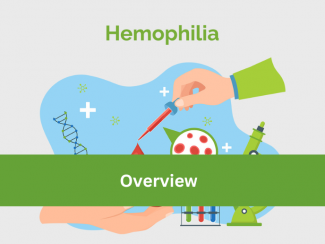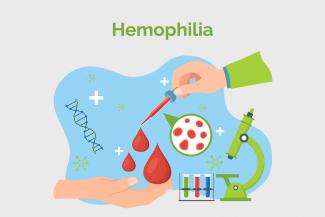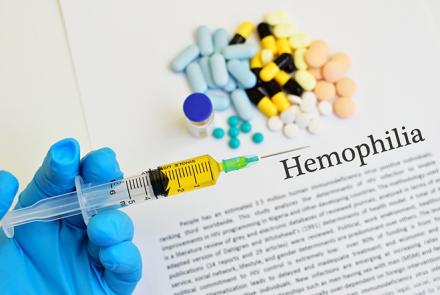
What is Hemophilia
Hemophilia is a rare genetic blood disorder in which blood clotting is impaired. This occurs because specific genes producing clotting factors VIII or IX are dysfunctional. As it is an inherited condition, signs often show up in early childhood. The main sign is excessive bleeding, occurring both externally from cuts and internally into joints or organs. Other signs include nose bleeding, easy bruising, and bleeding during or after surgery. Treatment includes administering missing clotting factors through injections or infusions. In the case of Hemophilia, it is essential to stop bleeding to prevent further complications.
Image 1 : Normal Blood vessels and Blood vessels in Hemophilia
There are two main types of Hemophilia: Hemophilia A, caused by a deficiency or mutation in factor VIII, and Hemophilia B, caused by a deficiency or mutation in factor IX.
















